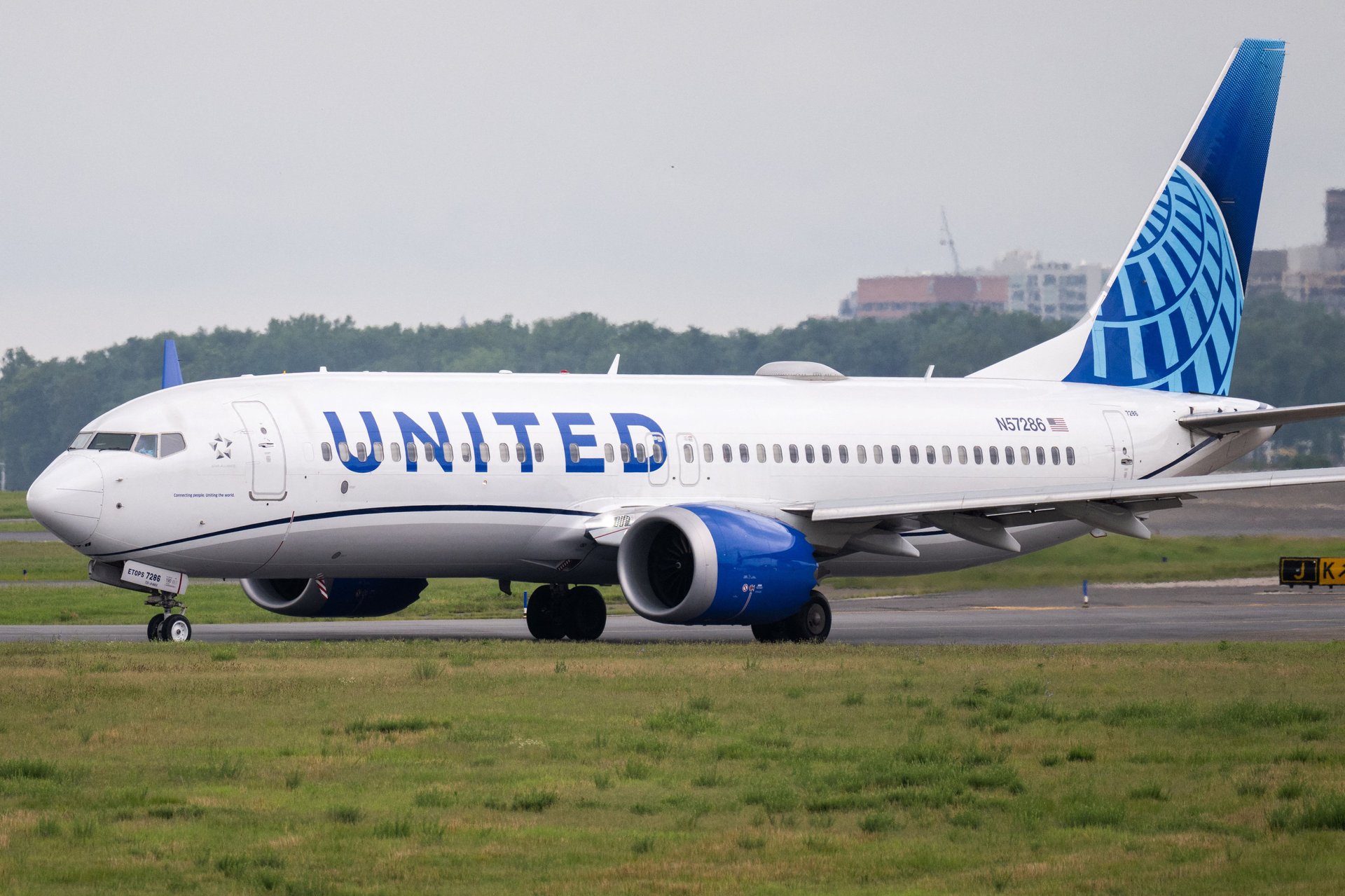United Airlines earnings fly past forecasts. But FAA cuts clip its wings
CEO Scott Kirby says the world feels “less uncertain,” but fuel costs, air traffic limits, and soft leisure travel keep pressure on results.

United Airlines turned in a stronger-than-expected second quarter, with earnings topping Wall Street forecasts. But the airline still missed slightly on revenue, and it’s feeling the squeeze from ongoing airport issues in Newark.
Suggested Reading
For the quarter ending June 30, United reported adjusted earnings of $3.87 a share, just ahead of the $3.81 analysts were looking for, according to LSEG. Revenue hit $15.24 billion—up 1.7% from a year ago, but still shy of the $15.36 billion forecast.
Related Content
Net income came in at $973 million, or $2.97 per share, down 26% from the same time last year. Stripping out one-time costs, the airline made $1.27 billion in profit.
“The world is less uncertain today than it was during the first six months of 2025, and that gives us confidence about a strong finish to the year,” CEO Scott Kirby said in an earning's release, pointing to improving travel trends.
Guidance hits the sweet spot
United now expects to earn between $9.00 and $11.00 per share for the full year, which lands right around Wall Street’s average estimate of $10.16. That range also splits the difference between United’s more extreme forecasts back in April, when the company floated two possible outcomes: $11.50 to $13.50 a share in a stable economy, or just $7 to $9 if a recession hit.
The message now? Things aren’t amazing, but they’re looking steadier than they did a few months ago.
Third-quarter earnings are expected to fall between $2.25 and $2.75 a share—again, roughly in line with what analysts had predicted.
Newark airport still a pain point
One sore spot: United’s operations at Newark Liberty International Airport. Staffing shortages and FAA-imposed flight caps are hitting margins hard. The airline says its second-quarter pretax margin took a 1.2-point hit because of issues there, and it’s bracing for a 0.9-point impact in the current quarter.
The FAA scaled back Newark flights in May due to air traffic controller shortages, and that’s been a particular problem for United, which has a major hub at the airport.
Travel is bouncing back—but not all at once
After a bumpy start to 2025, travel demand—especially for international and premium seats—is rebounding, though budget-conscious fliers are still holding back. Domestic fares have come down, putting pressure on airlines like United and Delta (which just cut its full-year forecast last week).
Still, United’s stock has soared. Shares closed at $88.47 on Tuesday, up more than 33% in the past three months and nearly 90% over the last year.
Next up: American Airlines and Southwest will report next week, giving the market a better picture of how the full airline industry is navigating an uncertain year.
